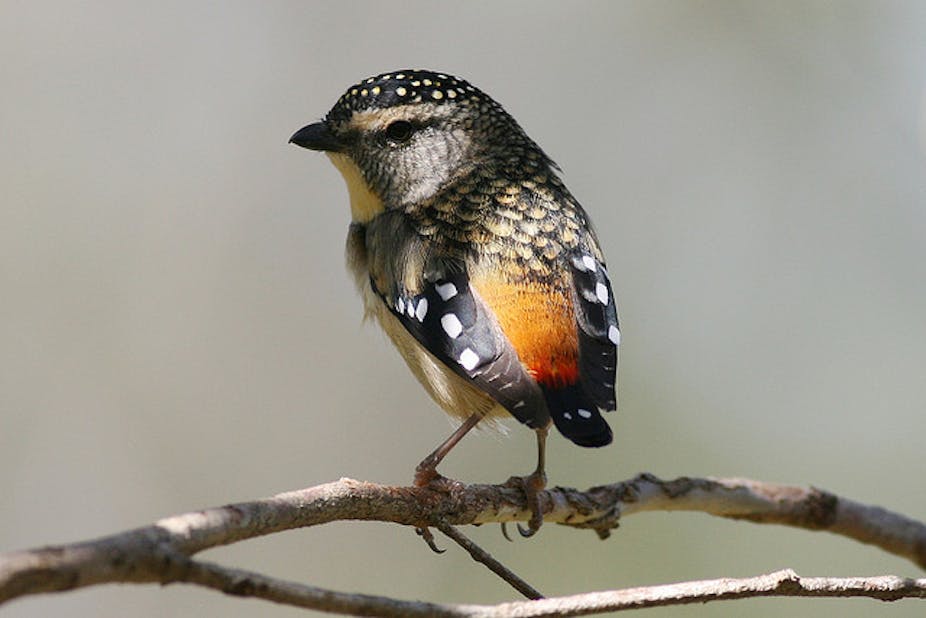Scientists have mapped the first family tree for all known living bird species, showing that new species appeared on Earth much faster than originally thought.
The research, which links all 9993 known living bird species and was published in the journal Nature, took three years longer than originally anticipated as the scale and complexity of the project became apparent.
The family tree revealed several surprises. For most animals, new species appear in bursts, followed by a slow-down as some dominate and others become extinct. In birds, however, the rate of new species appearing – known as speciation – continued to rise.
“That is unusual and quite different to other animal groups,” said study author Dr Klaas Hartmann, Senior Research Fellow in Population Dynamics at the University of Tasmania’s Institute for Marine and Antarctic Studies.
“One possible explanation is that they can continue to find new niches since flight provides them with the ability to travel large geographical distances,” he said.
The project also revealed that the rate at which new species appeared was much faster in the Americas than it was in Australia, said Dr Hartmann.
Conservationists will now be able to use the family tree to decide which species to save, as recent human-induced extinction of birds has outpaced speciation.
“If a conservation organisation has limited resources for conservation, they should protect a set of species that is as diverse as possible,” said Dr Hartmann.
Stephen Garnett, Professor of Conservation and Sustainability at Charles Darwin University’s Research Institute for the Environment and Livelihoods, described the paper as fascinating.
“There are several important messages to come out of this work. First, even the fastest speciation rates are incredibly slow – 0.74 species per million years. Compare that to threatened species funding, which runs on three year election cycles,” he said.
“Second, speciation has, until recently, been accelerating – existing species have plenty of potential to increase diversity still further, if we allow it.”
Prof Garnett said the family tree would help better prioritise conservation efforts, “if choose we must.”
“For instance, we may give preference to the oldest, most distinctive species – which means Australian birds have among the highest values, since we have some of the slowest speciation rates.”

